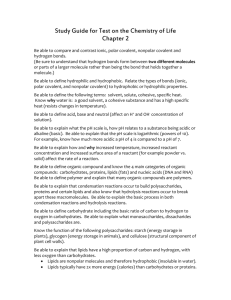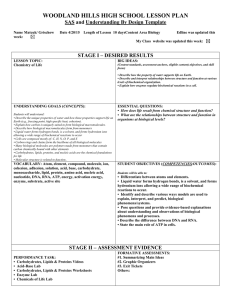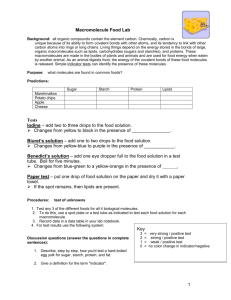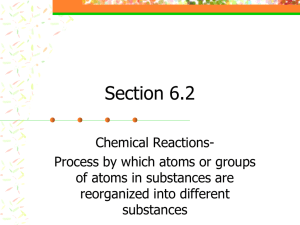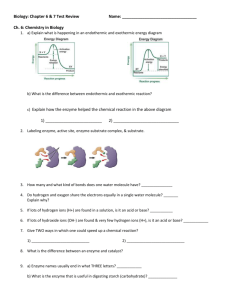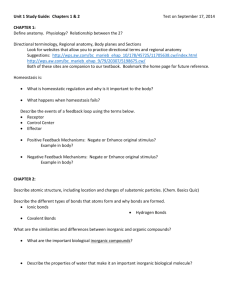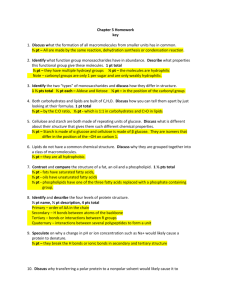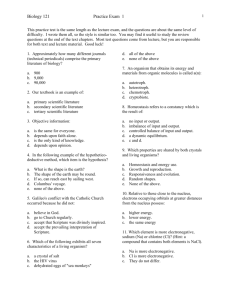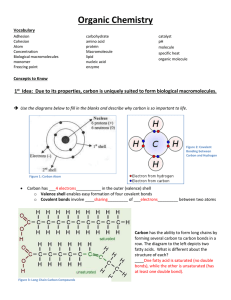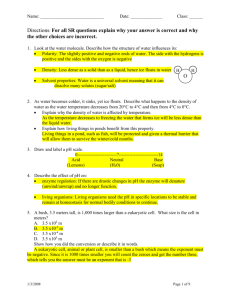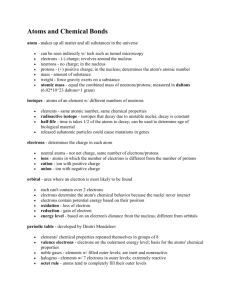Chemistry of Life Test Review - Mercer Island School District
advertisement
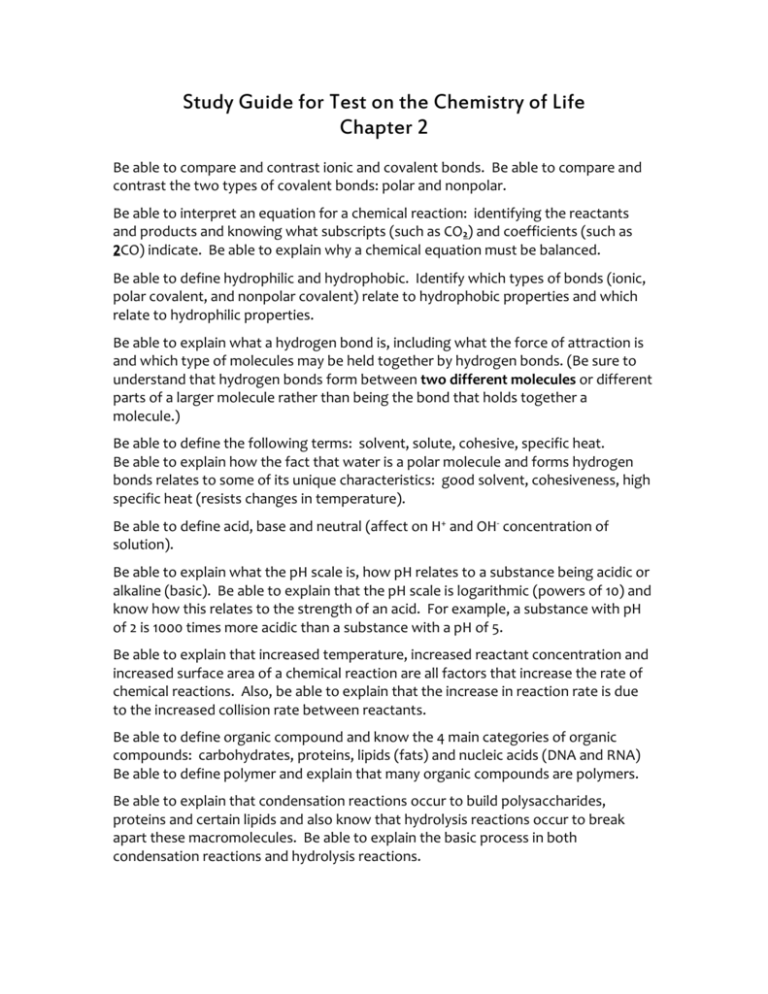
Study Guide for Test on the Chemistry of Life Chapter 2 Be able to compare and contrast ionic and covalent bonds. Be able to compare and contrast the two types of covalent bonds: polar and nonpolar. Be able to interpret an equation for a chemical reaction: identifying the reactants and products and knowing what subscripts (such as CO2) and coefficients (such as 2CO) indicate. Be able to explain why a chemical equation must be balanced. Be able to define hydrophilic and hydrophobic. Identify which types of bonds (ionic, polar covalent, and nonpolar covalent) relate to hydrophobic properties and which relate to hydrophilic properties. Be able to explain what a hydrogen bond is, including what the force of attraction is and which type of molecules may be held together by hydrogen bonds. (Be sure to understand that hydrogen bonds form between two different molecules or different parts of a larger molecule rather than being the bond that holds together a molecule.) Be able to define the following terms: solvent, solute, cohesive, specific heat. Be able to explain how the fact that water is a polar molecule and forms hydrogen bonds relates to some of its unique characteristics: good solvent, cohesiveness, high specific heat (resists changes in temperature). Be able to define acid, base and neutral (affect on H+ and OH- concentration of solution). Be able to explain what the pH scale is, how pH relates to a substance being acidic or alkaline (basic). Be able to explain that the pH scale is logarithmic (powers of 10) and know how this relates to the strength of an acid. For example, a substance with pH of 2 is 1000 times more acidic than a substance with a pH of 5. Be able to explain that increased temperature, increased reactant concentration and increased surface area of a chemical reaction are all factors that increase the rate of chemical reactions. Also, be able to explain that the increase in reaction rate is due to the increased collision rate between reactants. Be able to define organic compound and know the 4 main categories of organic compounds: carbohydrates, proteins, lipids (fats) and nucleic acids (DNA and RNA) Be able to define polymer and explain that many organic compounds are polymers. Be able to explain that condensation reactions occur to build polysaccharides, proteins and certain lipids and also know that hydrolysis reactions occur to break apart these macromolecules. Be able to explain the basic process in both condensation reactions and hydrolysis reactions. Be able to define carbohydrate including the basic ratio of carbon to hydrogen to oxygen in carbohydrates. Be able to explain what monosaccharides, dissacharides and polysaccharides are. Know the function of the following polysaccharides: starch (energy storage in plants), glycogen (energy storage in animals), and cellulose (structural component of plant cell walls). Be able to explain that lipids have a high proportion of carbon and hydrogen, with less oxygen than carbohydrates. Understand that lipids are nonpolar molecules and therefore lipids are not attracted to water (insoluble). Be able to explain that proteins are made of chains of amino acids and that there are 20 types of amino acids in proteins Be able to explain give examples of some of the roles of different proteins in living things: structural support, enzymes, transport molecules etc. Be able to define activation energy, exothermic reaction and endothermic reaction. Be able to explain the energy diagrams of both exothermic and endothermic reactions. Be able to define catalyst, enzyme, substrate and active site. Know that enzymes lower the activation energy of a reaction. Be able to explain the lock and key model of enzyme activity. Understand that each enzyme catalyzes a specific chemical reaction. Know that since enzymes are catalysts, they are not changed in a reaction, and can catalyze the same reaction repeatedly. Be able to explain what happens when an enzyme is denatured and how it affects enzyme function. Be able to explain how temperature and pH generally affect the reaction rate of an enzyme catalyzed reaction. (Know that initially increased temperatures cause the rate to increase because the molecules are moving faster and collide more quickly, however that at very high temperature the enzyme can become denatured and therefore that rate of the reaction can decrease drastically.)
